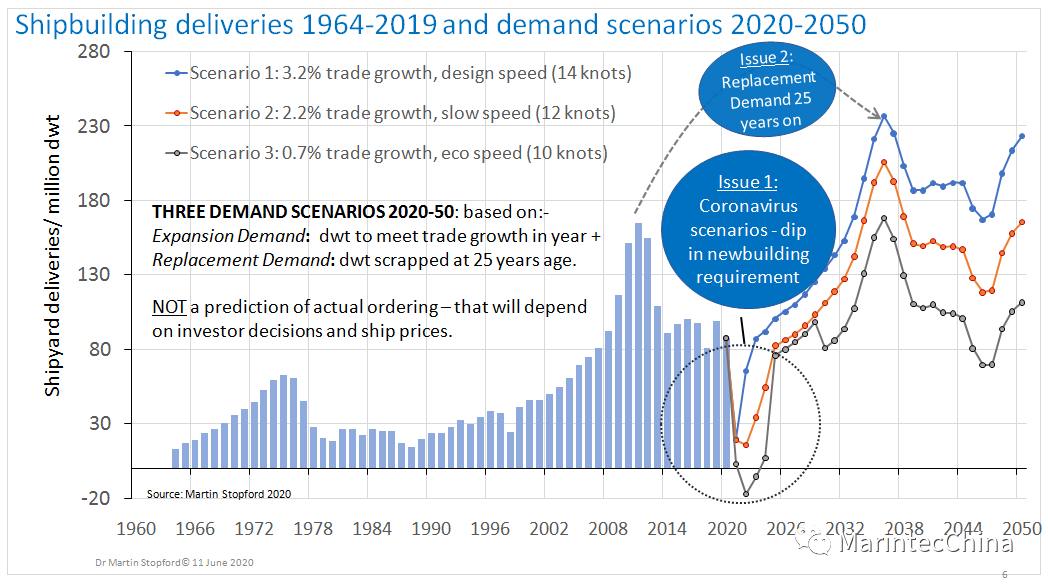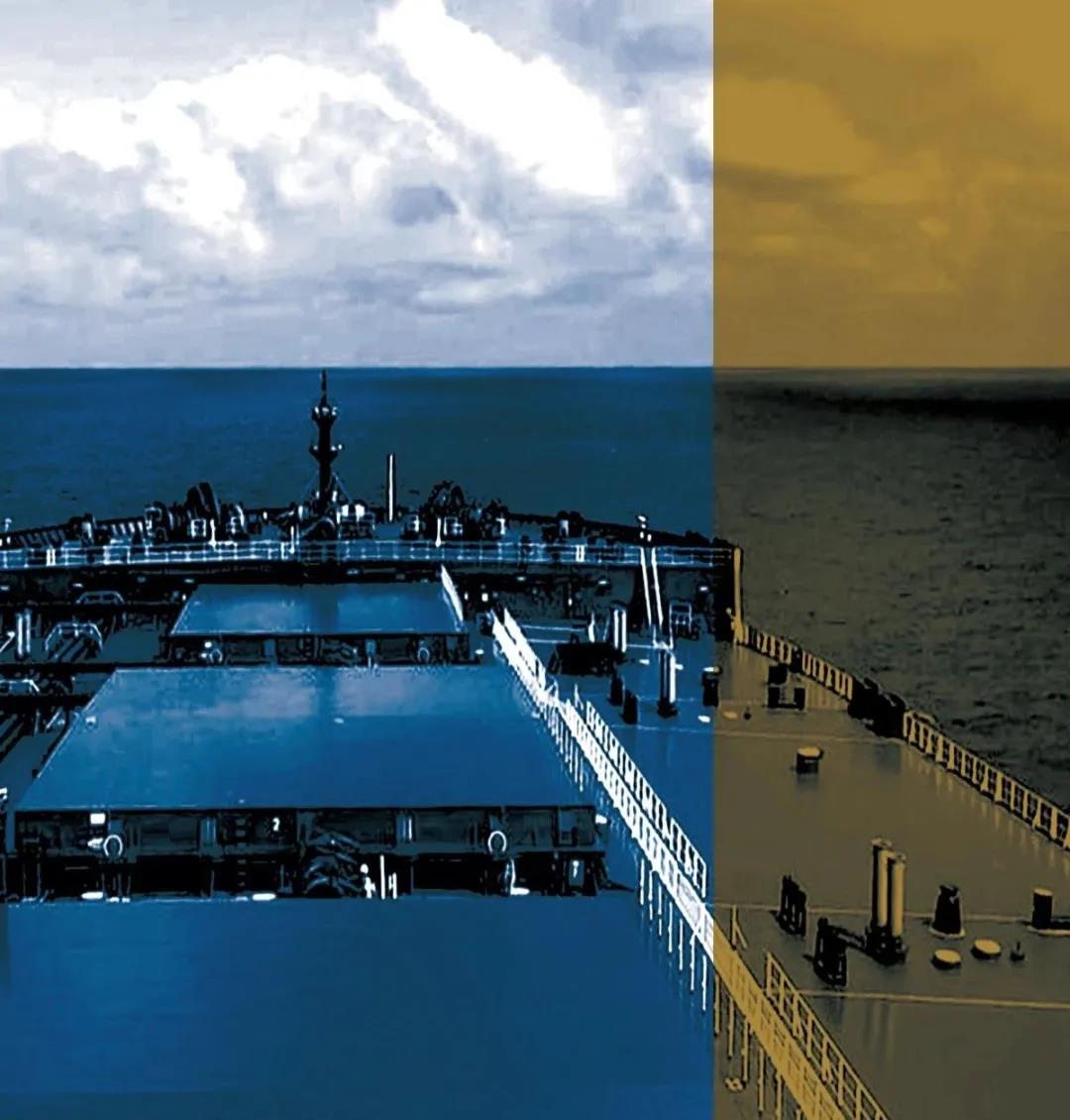Focus on "Autonomous Sailing Ships" and discuss the future development trend of the mari
On June 11, the first webinar of Marintec Innovation, jointly organized by the Shanghai Society of Marine and Marine Engineering and Informa Markets, was successfully held. Focusing on the development direction of the future maritime business, with "self-sailing ships" as the starting point, Dr. Martin Stofo, Non-Executive President of Clarkson Research Services Co., Ltd. (CRSL), and the Global Ship Power Solutions Product Group of ABB Ship and Port Business Unit Oudner, Li Xin, Deputy Director of the Innovation Center of Shanghai Ship Research and Design Institute (SDARI), a subsidiary of China Shipbuilding Corporation, and Chris Chung, Director of Digital Innovation and Strategic Projects at Wärtsilä, and nearly 1,000 professionals from all over the world Initiate exchanges to discuss the application and prospects of Industry 4.0 related concepts and technologies in the shipbuilding industry.
Experts who missed the live broadcast or wish to watch the video playback please go to the end of the article for related information.
The meeting pointed out that the future development direction of the maritime industry is decarbonization and digitization. The former is the fundamental way for the maritime industry to respond to climate change and achieve sustainable development; the latter is the maritime business to respond to technological changes and create more value for itself and the international community Important means.
At the seminar, Martin Stofo delivered an important speech on "Three scenarios for the shipbuilding industry from 2020 to 2050", "Economic goals of Industry 4.0" and "How to achieve Industry 4.0 in the shipbuilding industry". He said that in the past fifty years, the global shipbuilding industry has experienced two very large prosperity periods, especially the ships delivered during the second peak, most of which have now become a major part of the world fleet .

Based on this, Martin Stofo has forecasted three scenarios for global shipbuilding demand from 2020 to 2050:
Hypothesis 1: Trade is growing at a rate of 3.2% per year (the average growth rate over the past 50 years);
Hypothesis 2: Trade growth slows down. Given the current maturity of the world economy and other conditions, it is assumed that the trade growth rate is 2.2%;
Hypothesis 3: Trade tends to decline in the next few years, assuming a growth rate of 0.7%.
Conclusion: But no matter what kind of scenario assumptions, it points to an answer, that is, the ship built in the last shipbuilding boom needs to be replaced around 2030, that is to say, the global shipbuilding industry will usher in a new one around 2030 Peak demand.
In this regard, he said that in the face of changes in trade, global climate warming, and the current severe situation of the new coronary pneumonia epidemic, the global shipbuilding industry must be prepared in time to actively and rationally use digital technologies, emission-free technologies and other industries 4.0 Related concepts and technologies "rebuild the fleet". At the same time, he also emphasized that by about 2030, a new generation of ships must be focused on digital technology, and it is best to use zero-carbon propulsion devices. These require the latest technology to complete, so it is imperative to develop digital technology in the shipbuilding industry.


 WAPSITE
WAPSITE